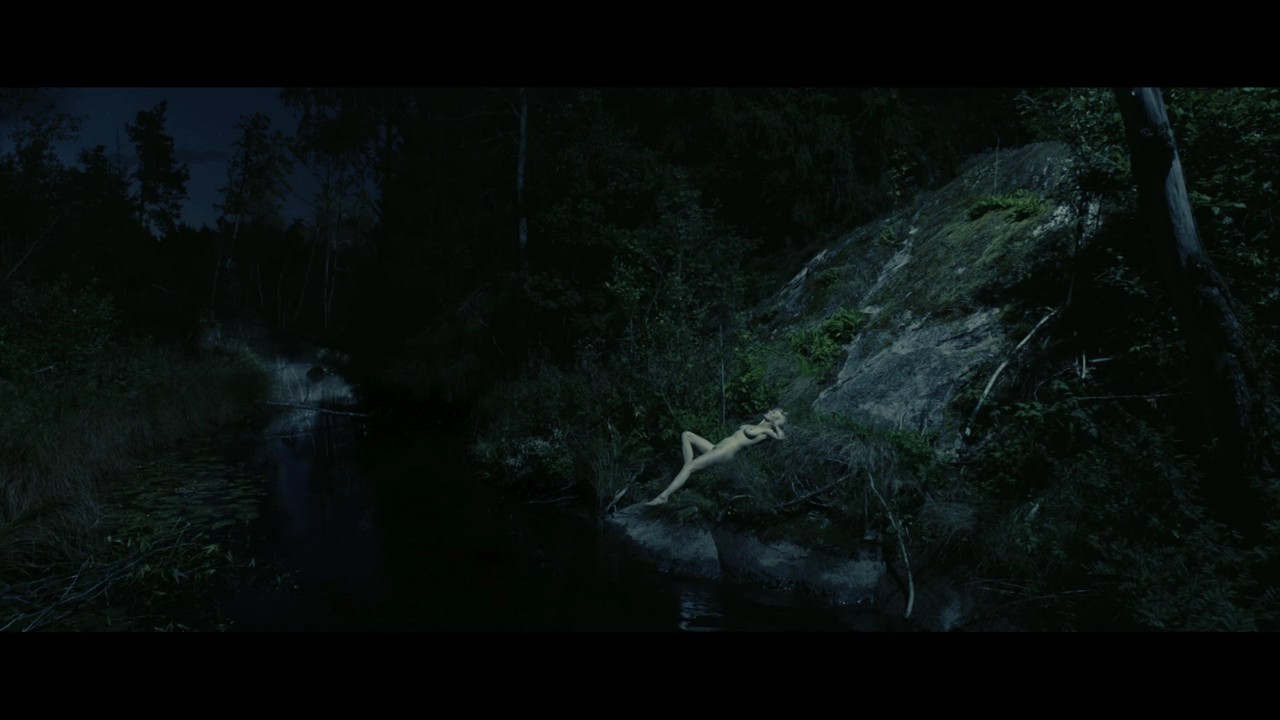Eclipse Series 19
I've been on a major Chantal Akerman (most critically known for Jeanne Dielman...) kick lately and I think it may be developing into an obsession. Akerman has to be one of the most important experimental film makers of the seventies. I'm not familiar with her more recent work but I have seen everyone of her films from the seventies without being disappointed once, so I look forward to seeing more from her. Another thing that's beginning to trouble me is The Eclipse Series. I'm finding them to be equally as excellent as the spine numbered films in the collection, so I've been watching alot of them which makes me feel like I'm sitting idle when it comes to the mission.. *sigh* but i digress..
Another example of this conundrum:
Now back to the films at hand....
La Chambre (1972)
A "super short" film only running ten minutes long but somehow being just as mesmorising and effective as the other four. Akerman has her camera set up in the center of her apartment getting a single ten minute long shot of the entire place by rotating around in a circle. She is the only person in the film and can be seen eating apples on her bed for the ten minute duration.
Hotel Monterey (1972)
An hour long silent short film comprised of stunning real life shots of The Hotel Monterey in California. Its interesting to see people moving about the hotel with looks of confusion on there face wondering why a random lady is filming them for no reason, but the most effective shots are the ones with no one in them.
I, You, He, She (Je Tu Il Elle, 1975)
One thing that should be noted about Akerman besides her raw filmmaking talents is the fact that shes got more "balls" (for lack of better terms) then most of the male experimental filmmakers of this era. For instance, Akerman stars in this film and bares all during most of it, finishing with an extremely intense lesbian sexual encounter at the end.
News From Home (1976)
To add to the statement I made previously, she "bares all" even more personally in News From Home. Over beautiful shots of New York Akerman can be heard reading letters her mother has sent her over the years that shes has been traveling making films. Some letters being happy, others being sad or angry, I saw this to be a pinnacle in unique and creative filmmaking which appears to be Akerman's aim for the decade she made these in.
The Meetings of Anna (Les rendez-vous d’Anna, 1978)
Like her other films, The The Meetings of Anna contains long, slow shots that can be draining to the viewer, but if you hang in there it is handsomely rewarding. Anna is a young filmmaker who arrives in Germany to show her newest film. While traveling about she makes several encounters with people who interact with her and tell her stories. My favorite interaction is that of Anna and her significant other once she returns home to Paris.
In closing, Chantal Akerman has become one of my new found favorite filmmakers and its a shame that she doesn't get the recognition she deserves here in the states.



































